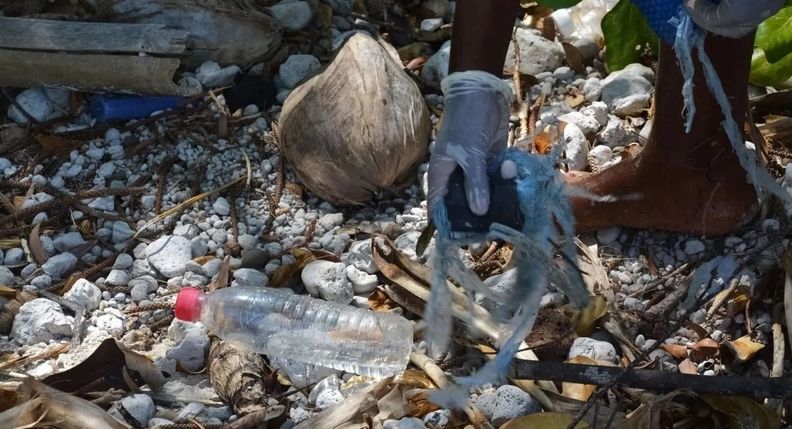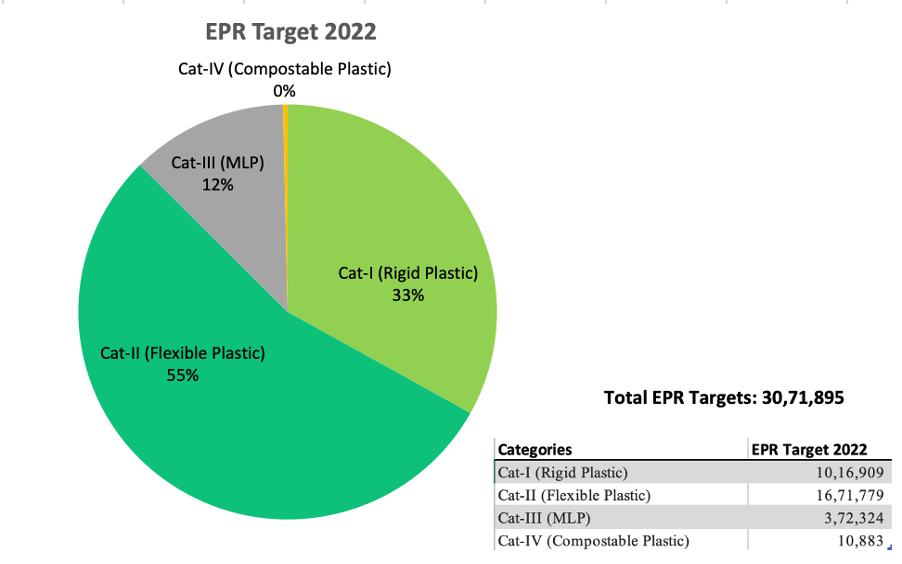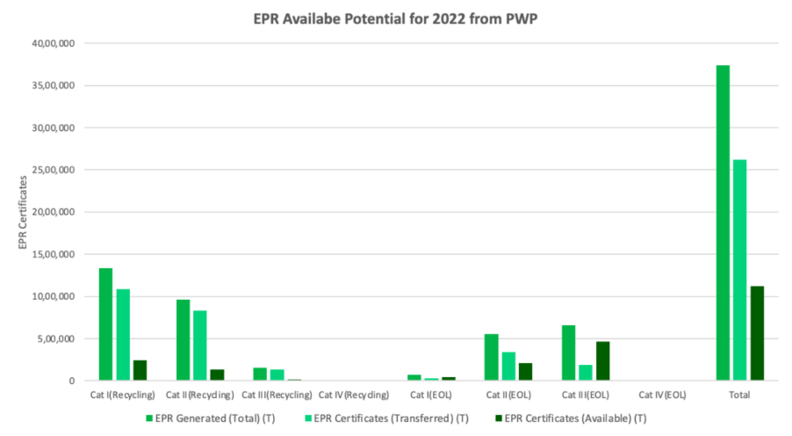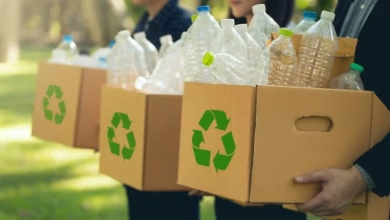Plastic waste – whose responsibility?

Iranpolymer/Baspar Over the past 100 years, the world has produced more than 8.8 billion tonnes of plastic, 460 million tonnes (or 5%) of which were produced in 2019 alone. As a result, plastic waste has proliferated, and plastic pollution has become one of today’s most pressing environmental challenges around the globe.
In India, the problem of plastic waste is being tackled by an Extended Producer Responsibility system. Under the present EPR system, the Central Pollution Control Board (CPCB) has mandated recyclers to report their plastic packaging recycling data and generate EPR credits for the same.
It is a policy approach under the Solid Waste Management Rules of 2016, which makes producers responsible for the end-of-life disposal of their products. This means that manufacturers, brand owners, and importers are legally obligated to manage the collection and disposal of their products in an environmentally sound manner. The goal of EPR is to encourage producers to design products that are more environmentally friendly and to take responsibility for the entire life cycle of their products, including their disposal.
The Indian EPR program distinguishes four different categories of plastic waste. These are:
Category 1: Rigid package plastic
Category 2: Single layer or multilayered flexible plastic packaging, i.e. consisting of more than one layer with different types of plastic
Category 3: Multilayered plastic packaging, i.e. at least one layer of plastic and at least one layer of material other than plastic
Category 4: Plastic sheet used for packaging, as well as carry bags made of compostable plastics
Under the Indian system, producers, importers, and brand owners – collectively known as PIBOs – with operations in India that use plastic packaging, fall within the EPR regime, regardless of turnover or scale of these operations. Throughout the first years, the initial targets for the PIBOs are low, in order to stimulate participation of the stakeholders.
Going forward, these targets are increased, aiming to promote a higher reuse and recycling of plastics to achieve more circularity in the system. The table below shows the targets set for the coming years.

The target for compostable plastic packaging is set at 100% from 2023-24.

In 2022, the EPR target for plastic recycling in India was set at 3 million tonnes. Category 2 accounted for the largest share at 55% (1.6 million tonnes), followed by category 1 at 33% (1 million tonnes); category 3 at 12% (0.3 million tonnes); and category 4 at a mere 10,833 tons.
In India, there are currently some 2,215 plastic waste processors (PWPs) in operation. The state of Gujarat is India’s undisputed leader in terms of plastic recycling and EPR industry, boasting the highest number of registered PWPs -621- and another 24 that are in the process of registration. Next comes Delhi with 404 registered PWPs. The plastic processing sector is also expanding in Uttar Pradesh, with 28 facilities in the process of obtaining registration approval.

Figure 3 illustrates that in 2022, approximately 3.7 million EPR certificates were produced collectively by all the registered plastic waste processors in India. Each certificate represents the recycling of 1 tonne of plastic, with category 1 accounting for the largest portion, reaching 1.3 million certificates and exceeding the EPR target of 1 million. By contrast, category 2 generated just 0.9 million EPR certificates, which means this fell short of the 2022 target of 1.6 million.
India’s concerted efforts to combat the escalating crisis of plastic waste have been marked by the implementation of the Extended Producer Responsibility (EPR) system. The goal of EPR is not only to ensure environmentally sound management but also to encourage the production of eco-friendly goods, emphasising the entire lifecycle of products.
Complementing this regulatory framework, the integration of Plastic Credits offers an innovative and market-driven approach. This mechanism incentivises organisations to go beyond compliance, actively investing in initiatives that actively reduce or remove plastic waste from the environment.
sustainableplastics






